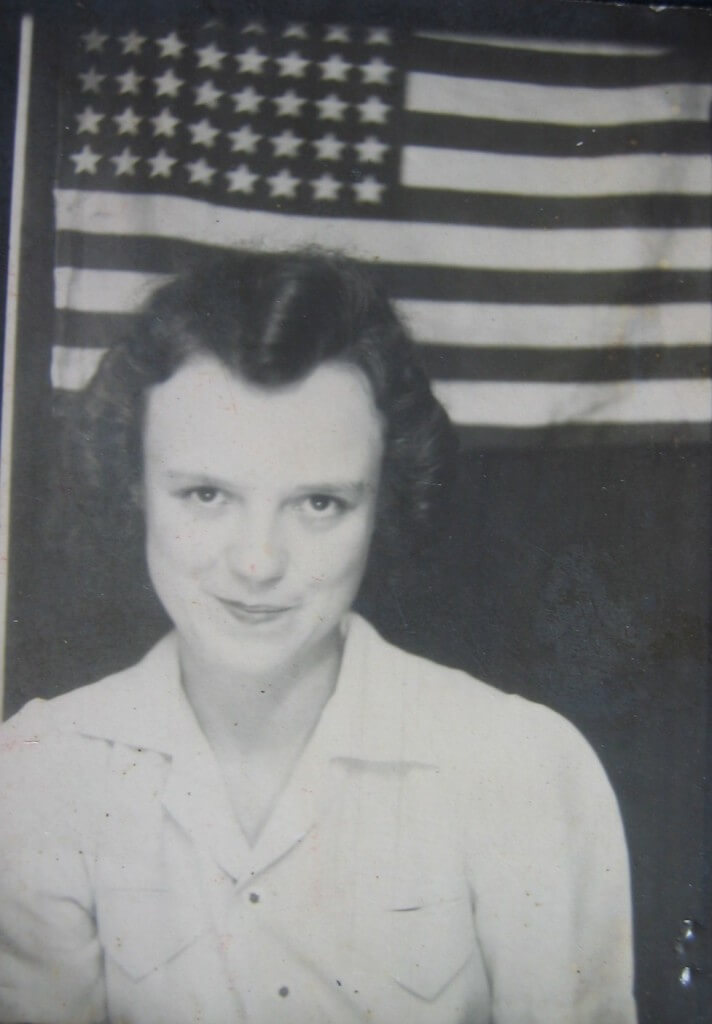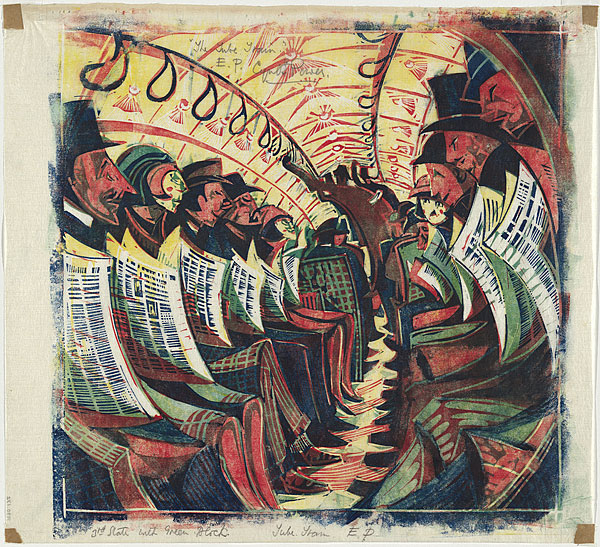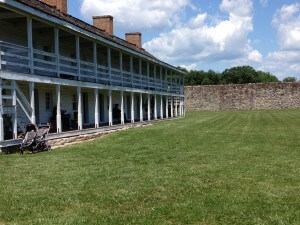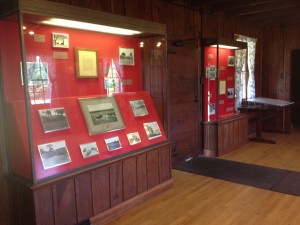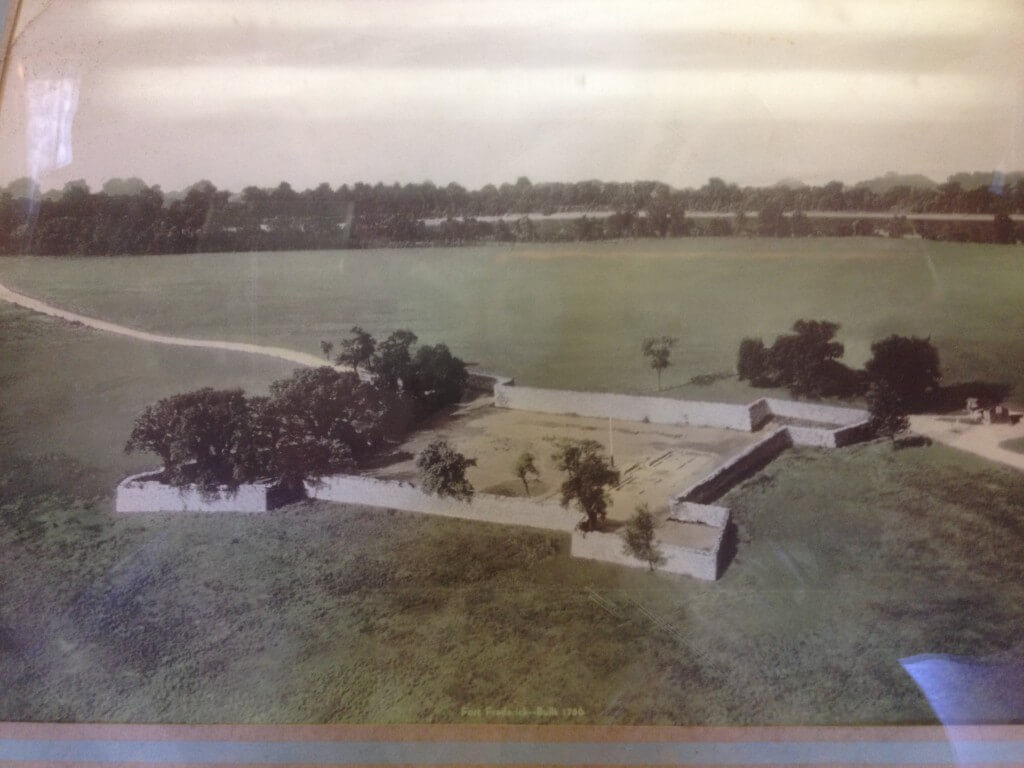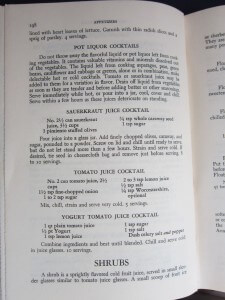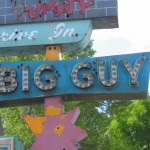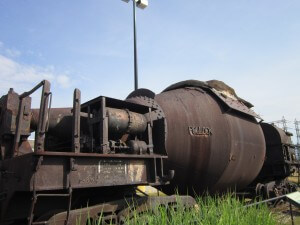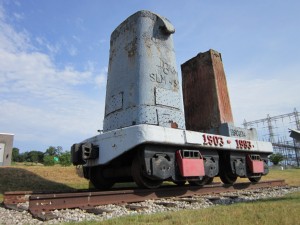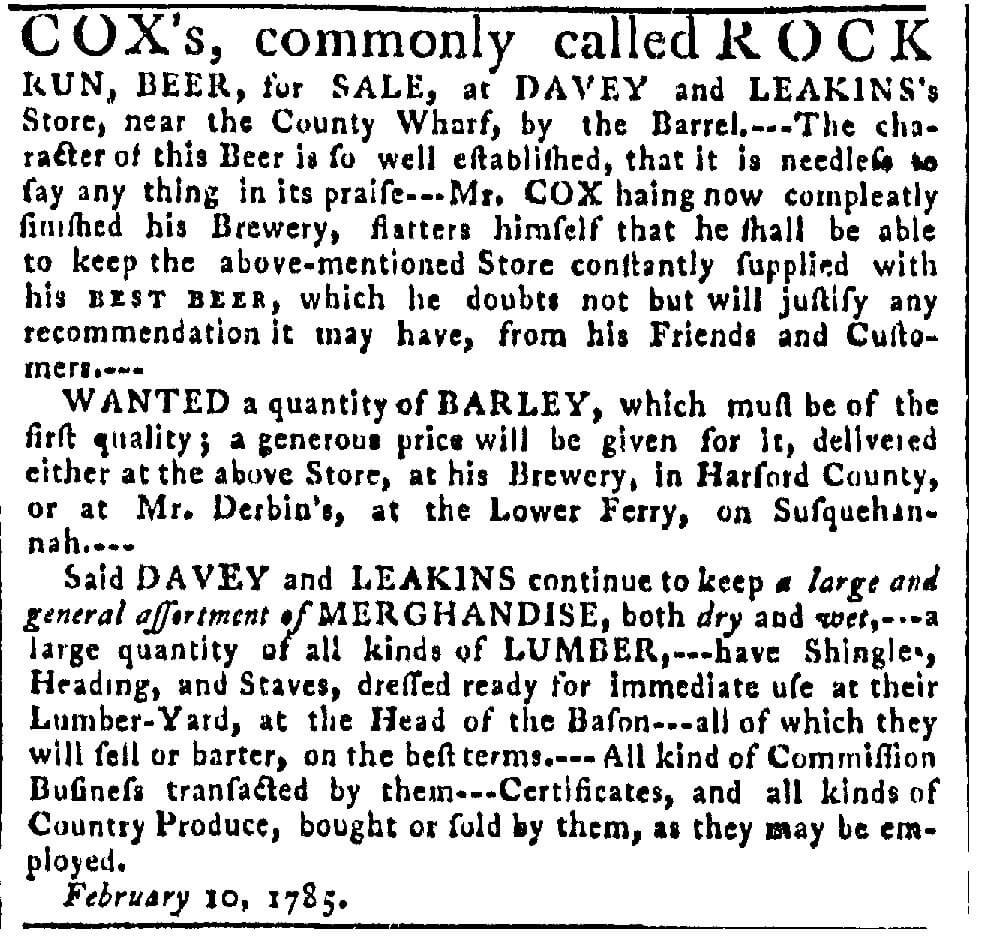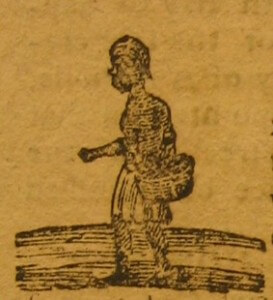I like July 4th. I’ve met people who don’t, but I can’t identify. I grew up attending the east coast’s largest July 4th parade in Havre de Grace, Maryland. It’s a time I associate with classic cars, waving men and women I don’t know, candy thrown, cheap crap hawked from shopping carts that Mom won’t buy you, beating bass drums, bearded feather-wearing and banjo playing strutting Mummers, steamed crabs, bagpipes, and fireworks.
I also like that we should be celebrating July 2, as rhapsodized about by John Adams in a letter to his wife Abigail:
“I am apt to believe that it will be celebrated, by succeeding Generations, as the great anniversary Festival. It ought to be commemorated, as the Day of Deliverance by solemn Acts of Devotion to God Almighty. It ought to be solemnized with Pomp and Parade, with Shews, Games, Sports, Guns, Bells, Bonfires and Illuminations from one End of this Continent to the other from this Time forward forever more.”
Happy 4th of July.

